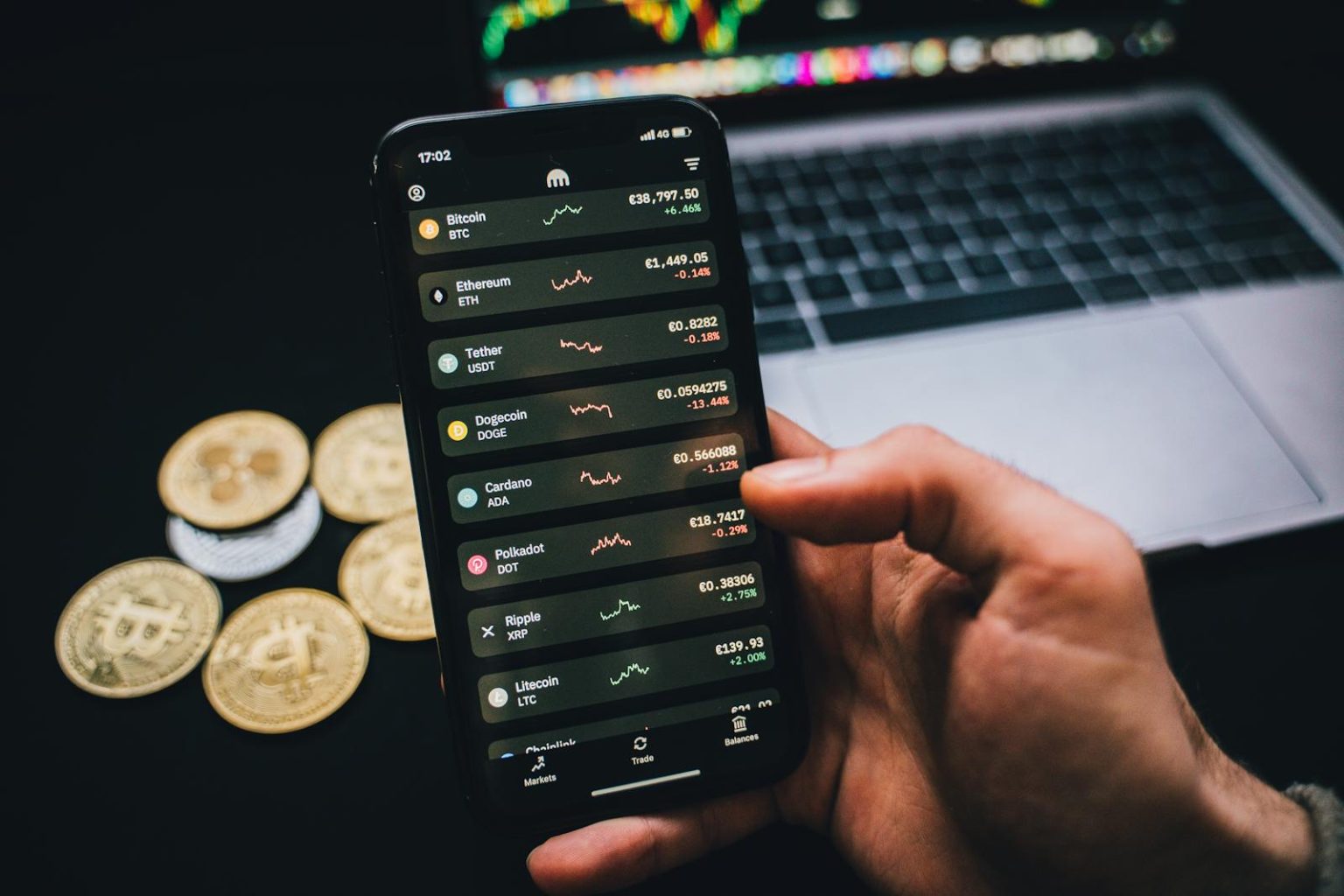The U.S. dollar and Japanese yen are becoming safe havens for investors as they worry about the economic impact of ongoing tariffs. Financial markets are preparing for possible rate cuts by the Federal Reserve in response to the uncertainty. The yen and Swiss franc are in high demand.
The Australian dollar steadied after hitting a five-year low. Analysts say this shows traders are looking for safety and hoping for fast U.S. rate cuts. European Union ministers mostly agree that the bloc should focus on removing tariffs imposed by former President Donald Trump.
But they are also getting ready with targeted countermeasures just in case. Prices could go up at well-known American brands like Gap, which rely a lot on Asian countries to make their products. Donald Trump’s plan to put tariffs, or import taxes, on almost every country could make the basics Americans usually buy more expensive, from clothes to coffee.
Trump declared a national economic emergency on Wednesday. He announced new tariffs of at least 10% on billions of dollars of goods. For countries he calls the “worst offenders,” the rates can be as high as 50%.
These tariffs start on April 5th.
Investors seeking dollar, yen safety
Economists have warned that the new taxes and the ones other countries impose in response could raise prices for Americans across the board.
Federal Reserve Chairman Jerome Powell has said they will increase inflation. Companies bringing in goods may pass the tariff costs to customers or just bring in fewer products, limiting the supply. The conventional wisdom on Wall Street in November was that President-elect Donald Trump’s tariff plans would help the U.S. dollar.
But now that the tariffs are in place, worries about a coming recession have outweighed any positive effect on the dollar. The dollar index traded as high as 104.31 on Wednesday before Trump’s tariffs were announced. It fell after the announcement and hit a low of 101.27 on Thursday—a 3% change in about 24 hours.
Even with a small rebound on Friday, the index ended down for the week. The dollar is now weaker than it was before the November presidential election. “The negative effects from Trump’s tariffs are already hitting the U.S. economy, and that’s not what investors expected,” said Chris Turner, global head of markets at ING.
“Investors thought tariffs would be good for the dollar and bad for the rest of the world. But I think the U.S. economy wasn’t strong enough to handle these maximum tariffs right now.”
While Trump has sometimes spoken well of both a strong and a weak dollar, traders took his election as a boost to the dollar. The dollar index climbed over the next two months, trading above 110 in mid-January.
Since then, the index has been falling amid growing signs of economic weakness in the U.S., as Trump’s trade policies turned out to be more aggressive than Wall Street expected.
Photo by Alesia Kozik on Pexels

